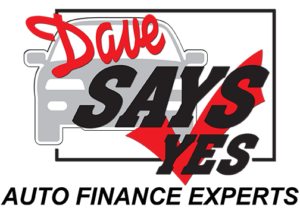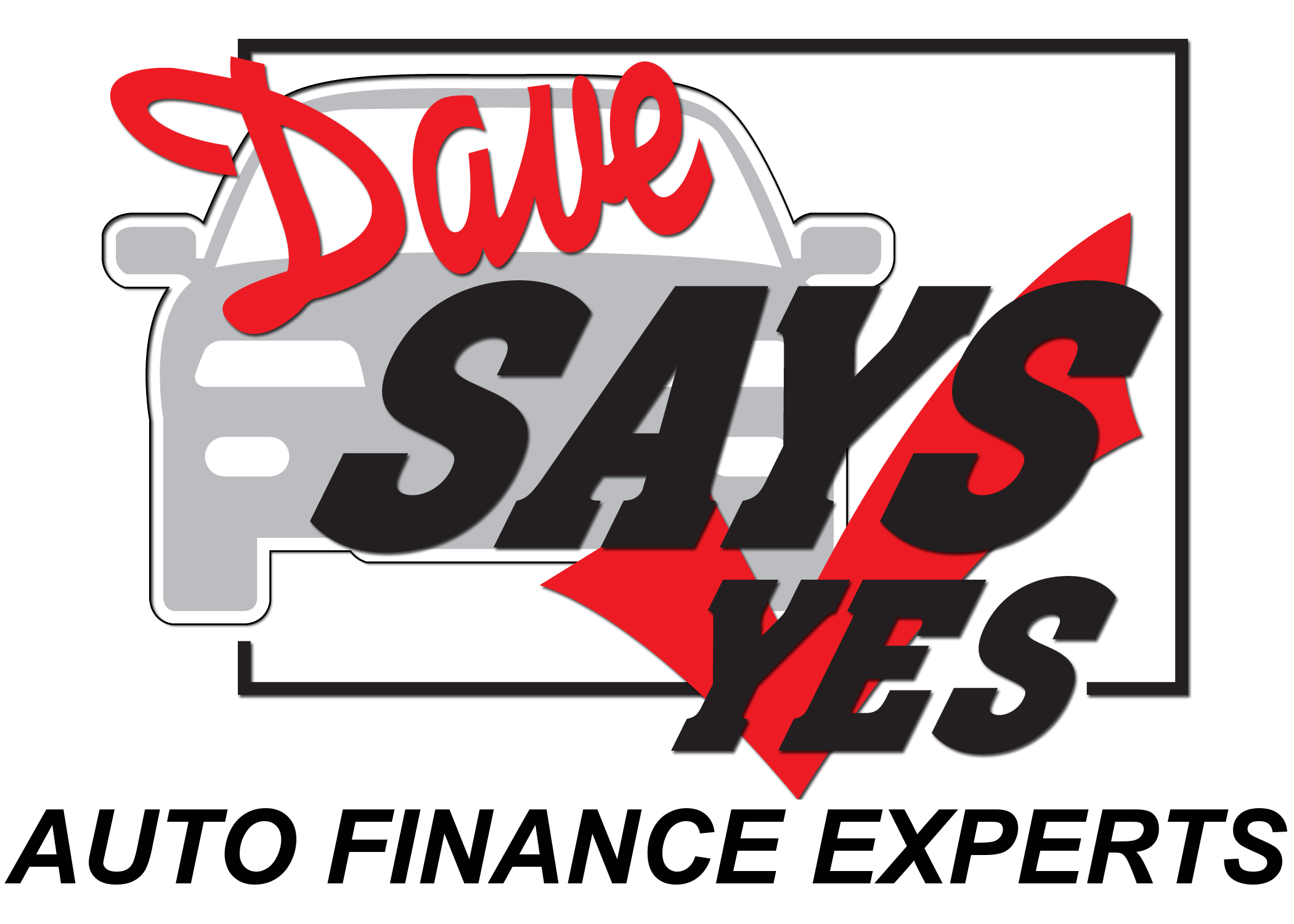
Feature Friday:
2020 Ford Edge Titanium

Emily Behr
Sales Representative
This week on Feature Friday, we’re highlighting the 2020 Ford Edge Titanium FWD 4D Sport Utility (Stock: P36399T). This SUV packs in technology, comfort, and safety to fit your everyday needs while adding a touch of luxury.
Sales Representative Emily Behr describes it as “one of the most sought-after SUVs.” The Titanium trim brings premium features like heated leather seats with memory settings, Bluetooth, interior accents, and a Wi-Fi hotspot. For convenience, it offers keyless entry, remote start, a hands-free liftgate, rain-sensing wipers, and parking assist sensors. Safety is also a priority with a backup camera, blind spot monitor, lane departure warning, side-impact airbags, and Ford Co-Pilot360 technology.
Fog lights, satellite radio, and a premium sound system add even more value. Emily explains, “The Titanium package is the highest package,” making this model stand out from others in its class.
When it comes to price, Emily is clear: “The price is amazing for this vehicle.” At just $19,000 with only 92,963 miles, this Edge Titanium delivers luxury and performance at a great value.
And for anyone unsure about financing, Emily reassures customers: “If we have a vehicle that you like but are worried about getting approved for financing, we have financing for every customer and vehicle!”
If you’ve been looking for an SUV that balances comfort, safety, and innovation, the 2020 Ford Edge Titanium could be the perfect match.

Disclaimer: Vehicle availability may change quickly, so please call ahead or check our website to confirm it’s still in stock.




